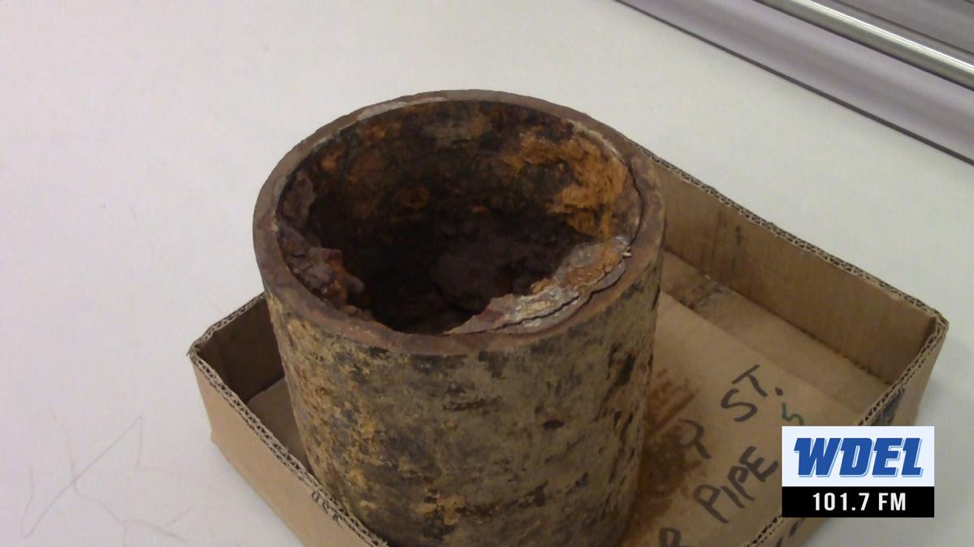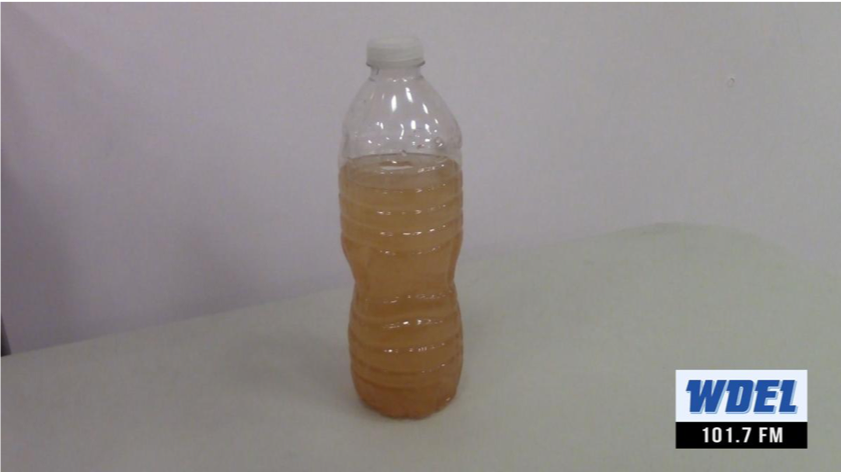
While Flint, Michigan, is still waiting for clean water, another water crisis is brewing, this time in a predominantly Black community in the largest city in New Jersey, Newark. It has been an ongoing fight between residents in the state and the city itself.
Newark school teachers and an environmental organization are preparing to file a lawsuit against both Newark and New Jersey, claiming that a lead tainted water problem has not been resolved. While the city denies the assertion (calling it “absolutely and outrageously false” and a politically motivated call to action in the heat of a mayoral campaign), state and district officials shut off water fountains in 30 schools in the city, in response to the testing that showed elevated levels of lead contaminating the water in the schools.
According to the Natural Resources Defense Council, a federal report has noted that Newark’s lead levels are among the highest in the country over the last three years for water systems serving over 50,000 people. The NRDC also alleges that Newark unlawfully denied its public record requests that sought information about the water testing.
In a 2017 study on the drinking water, about 20 percent of samples came in above the Safe Drinking Water Act standards for lead concentrations. The highest ten percent of those samples averaged 26 parts per billion (ppb); the federal limit is 15 ppb and one address tested more than 9 times the standard.
Not only Newark is suffering from dangerous amounts of lead in their water, the whole state is affected. At least one sample from four out of five public water systems in New Jersey contained lead between 2013 and 2015.
It is not just lead threatening the state’s water supply. A cancer-causing chemical, PFAS (fluorinated compounds, including perfluorooctanoic acid, or PFOA, found in food packaging and nonstick products), is more pervasive in New Jersey than any other state in the country. From 2013-2016, testing required by the EPA showed that 16 million Americans were being served water containing PFOA. 1.6 million New Jerseyans are drinking PFOA infected water, the most in any single state. PFOA is a manmade chemical and doesn’t breakdown naturally in the environment, leading scientists to believe that every American has some amount of the chemical in their bloodstream.
Sources for the fluorinated compounds in New Jersey include:
Naval Weapons Station Earle, (Monmouth County);
Joint Base McGuire-Dix-Lakehurst, (Ocean County);
Solvay Specialty Polymer and Arkema, West Deptford (Gloucester County);
Dupont’s Chambers Works facility, Pennsville (Salem County).
Firefighting foam is blamed for the contamination in military sites. Even though the foam is no longer used in training, it is very likely that the chemicals have remained in the environment, and more importantly, in the water. In November, the New Jersey Environmental Protection Agency announced that it would institute enforceable standards for PFOA in drinking water at 14 parts per trillion, which is a stricter threshold than the federal government (at 70 parts per trillion enacted in 2016).
The moral of the story is: One does not need to look at red states for crisis in water contamination; these problems extend beyond red and blue states. New Jersey failed its citizens in providing clean and safe drinking water, and it will continue to fail until politicians are held accountable for the abysmal response to our poisoned drinking water.

This is a bottle of water from the tap.
(Photo Credit: WDEL)